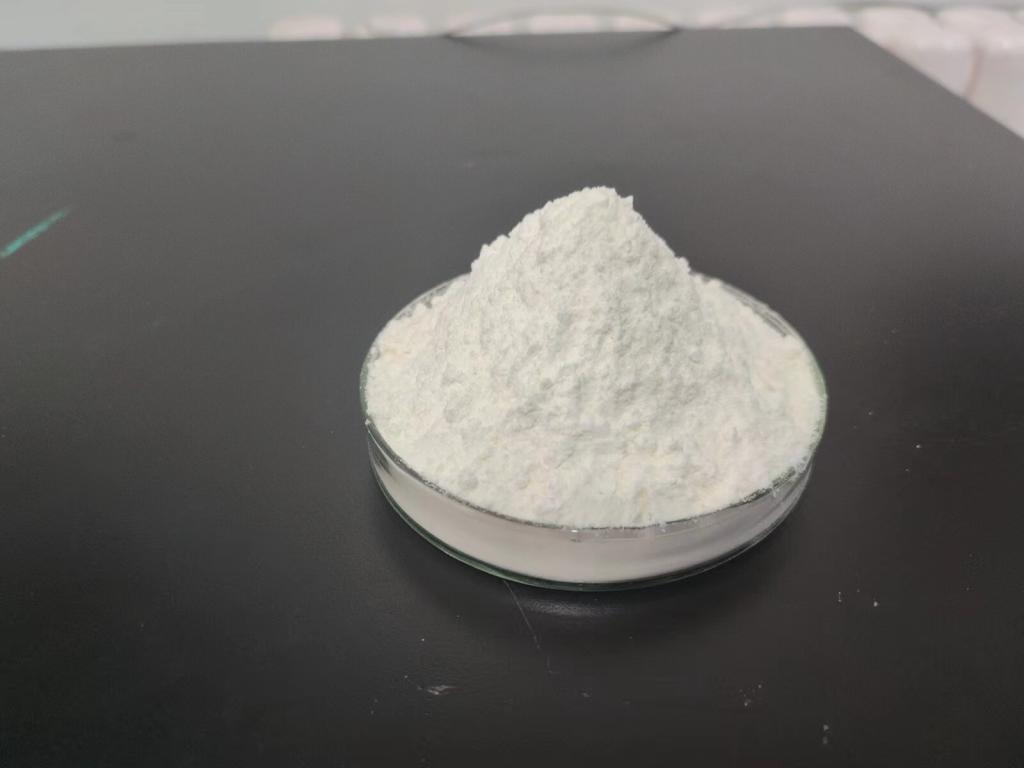Tel:0086 18231198596

News
Current Position:
Home >
News
>Harnessing ε-Polylysine Hydrochloride for Water Treatment in Developing Regions
Harnessing ε-Polylysine Hydrochloride for Water Treatment in Developing Regions
TIME:2024-03-06
Water Sanitation Challenges in Developing Regions
1. Scarcity and Contamination
Many developing regions face challenges of both water scarcity and contamination. Limited access to clean water sources exacerbates the risk of waterborne diseases.
2. Waterborne Diseases
Waterborne diseases, such as cholera, dysentery, and typhoid, pose significant threats to public health in areas where water sources are contaminated with pathogens.
3. Lack of Infrastructure
Inadequate sanitation infrastructure and wastewater treatment facilities contribute to the pollution of water sources, further compromising the health and well-being of communities.
Understanding ε-Polylysine Hydrochloride
1. Natural Antimicrobial Compound
ε-Polylysine Hydrochloride is a cationic, biodegradable polymer derived from microbial fermentation. Its natural origin and antimicrobial properties make it an attractive option for various applications, including water treatment.
2. Broad-Spectrum Antimicrobial Action
The compound exhibits broad-spectrum antimicrobial action against bacteria, viruses, and fungi, making it a versatile tool for combating waterborne pathogens.
3. Biodegradability and Environmental Safety
One of the key advantages of ε-Polylysine Hydrochloride is its biodegradability, ensuring minimal environmental impact. Its decomposition into harmless byproducts aligns with sustainability goals.
Potential Applications of ε-Polylysine Hydrochloride in Water Treatment
1. Disinfection of Drinking Water
The antimicrobial properties of ε-Polylysine Hydrochloride make it effective in disinfecting drinking water, providing a simple and sustainable solution to ensure its safety.
2. Wastewater Treatment
Incorporating ε-Polylysine Hydrochloride into wastewater treatment processes can enhance the removal of pathogens, contributing to the overall improvement of water quality.
3. Point-of-Use Water Purification
The compound's compatibility with point-of-use water purification devices offers a decentralized approach to water treatment, particularly beneficial in remote or underserved communities.
Case Studies and Success Stories
1. Community-Wide Implementation
Successful trials in communities facing water sanitation challenges have demonstrated the effectiveness of ε-Polylysine Hydrochloride in reducing waterborne diseases and improving overall community health.
2. Integration into Existing Infrastructure
Studies exploring the integration of ε-Polylysine Hydrochloride into existing water treatment infrastructure showcase its adaptability and potential for scalability in various settings.
Implementing ε-Polylysine Hydrochloride in Developing Regions
1. Collaboration with NGOs and Local Authorities
Collaboration between ε-Polylysine Hydrochloride producers, non-governmental organizations (NGOs), and local authorities is crucial for understanding community needs, ensuring cultural appropriateness, and facilitating the adoption of this water treatment solution.
2. Education and Capacity Building
Educational initiatives aimed at local communities, water treatment personnel, and healthcare workers are essential for building awareness about the benefits of ε-Polylysine Hydrochloride and ensuring its proper use.
Challenges and Considerations
1. Cost-Effectiveness
Assessing the cost-effectiveness of implementing ε-Polylysine Hydrochloride in water treatment processes is a critical consideration, especially in resource-constrained regions.
2. Cultural Acceptance
Cultural factors and local practices may influence the acceptance and adoption of new water treatment methods. Sensitivity to cultural nuances is vital for successful implementation.
Future Perspectives and Research Opportunities
1. Optimizing Formulations for Different Water Sources
Research into optimizing ε-Polylysine Hydrochloride formulations for diverse water sources, including surface water, groundwater, and rainwater, can enhance its applicability in various contexts.
2. Exploring Synergies with Traditional Water Treatment Methods
Investigating the synergies between ε-Polylysine Hydrochloride and traditional water treatment methods may offer holistic solutions that leverage both modern science and local knowledge.
Conclusion
Water sanitation remains a critical challenge in many developing regions, impacting public health and hindering socio-economic progress. The application of ε-Polylysine Hydrochloride in water treatment represents a promising avenue for addressing these challenges. Its natural origin, broad-spectrum antimicrobial action, and biodegradability position it as a sustainable solution that aligns with global efforts towards clean water access. Collaborative efforts, community engagement, and ongoing research are essential for realizing the full potential of ε-Polylysine Hydrochloride in transforming water treatment practices and improving the quality of life in underserved regions. As the world strives for Sustainable Development Goal 6 – clean water and sanitation for all, ε-Polylysine Hydrochloride stands as a beacon of hope in the journey towards universal access to safe and clean water.

 CONTACT
CONTACT




